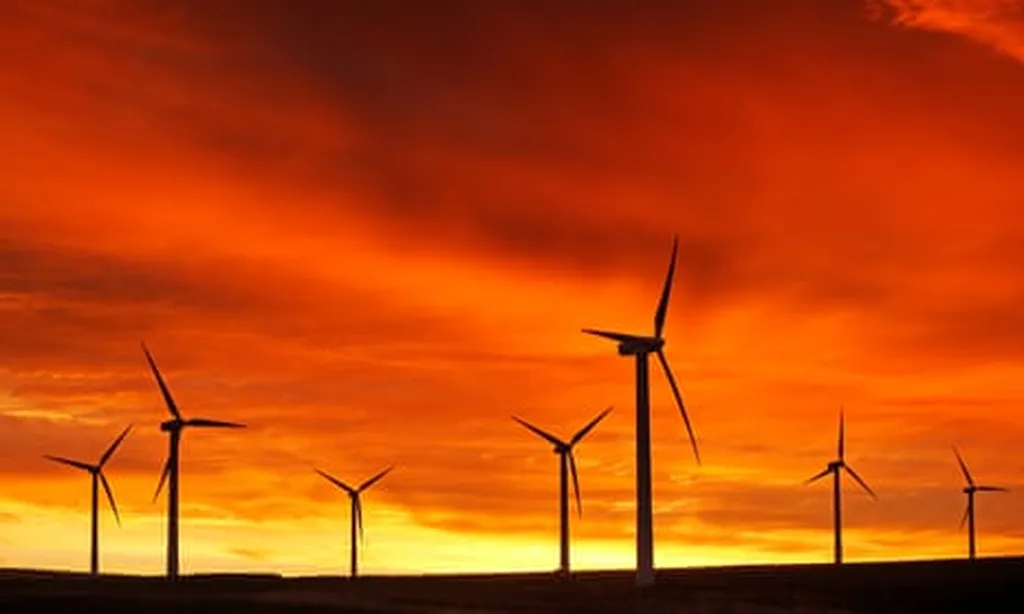The Irish Government has unveiled a comprehensive plan to guide the future development of offshore renewable energy, marking a significant step towards the country’s ambitious decarbonisation goals. The National Designated Maritime Area Plan (DMAP) proposal outlines a framework to identify suitable sites for fixed and floating offshore wind projects, as well as demonstration zones around the Irish coast.
This initiative is part of the Programme for Government’s commitment to accelerate offshore wind energy, underpinning the target of delivering 20 gigawatts (GW) of capacity by 2040. The plan builds on the recently approved South Coast DMAP, which includes the first 900 megawatts (MW) auction for the Tonn Nua project, set to take place in November.
Minister for Climate, Energy and the Environment Darragh O’Brien emphasized the plan’s role in supporting Ireland’s decarbonisation efforts and offshore renewables ambition. “Having a single National DMAP for offshore renewable energy (ORE) in place to follow on from the Phase One projects and the South Coast DMAP for ORE published last year will provide greater certainty for our marine stakeholders and the renewables industry,” he said.
The plan also addresses the geopolitical and economic uncertainties surrounding fossil fuels. Minister of State for Fisheries and the Marine Timmy Dooley highlighted the need for Ireland to accelerate its transition to indigenous and transformative renewable energy sources. “The continuing unpredictability of geopolitical events has made our dependency on fossil fuels unreliable and unaffordable. These combined pressures reinforce the need for Ireland to accelerate its transition to indigenous and transformative renewable energy sources,” he stated.
The proposal includes an extensive consultation process with stakeholders and communities, scheduled for 2026 and 2027. The final plan is expected to be laid before the Oireachtas in 2027.
This development is poised to shape the trajectory of Ireland’s renewable energy sector. By providing a clear, plan-led framework, the National DMAP proposal aims to streamline the development process, attract investment, and foster collaboration among stakeholders. The plan’s focus on both fixed and floating offshore wind projects, as well as demonstration zones, signals a comprehensive approach to harnessing Ireland’s significant offshore wind potential.
Moreover, the plan’s emphasis on public participation and stakeholder engagement underscores the importance of inclusive decision-making in shaping the future of offshore renewable energy. As the plan progresses through the consultation and approval process, it will be crucial to monitor its impact on industry development, job creation, and the broader energy transition.
The National DMAP proposal also highlights the growing recognition of the need to reduce dependency on fossil fuels and accelerate the transition to renewable energy sources. As geopolitical and economic uncertainties continue to mount, Ireland’s commitment to offshore wind energy serves as a model for other countries seeking to enhance their energy security and sustainability.
In the coming years, the implementation of the National DMAP will be a key indicator of Ireland’s progress towards its 2040 offshore wind target. The plan’s success will depend on effective collaboration among government agencies, industry stakeholders, and local communities, as well as the ability to navigate the complex regulatory and environmental challenges associated with offshore renewable energy development.

